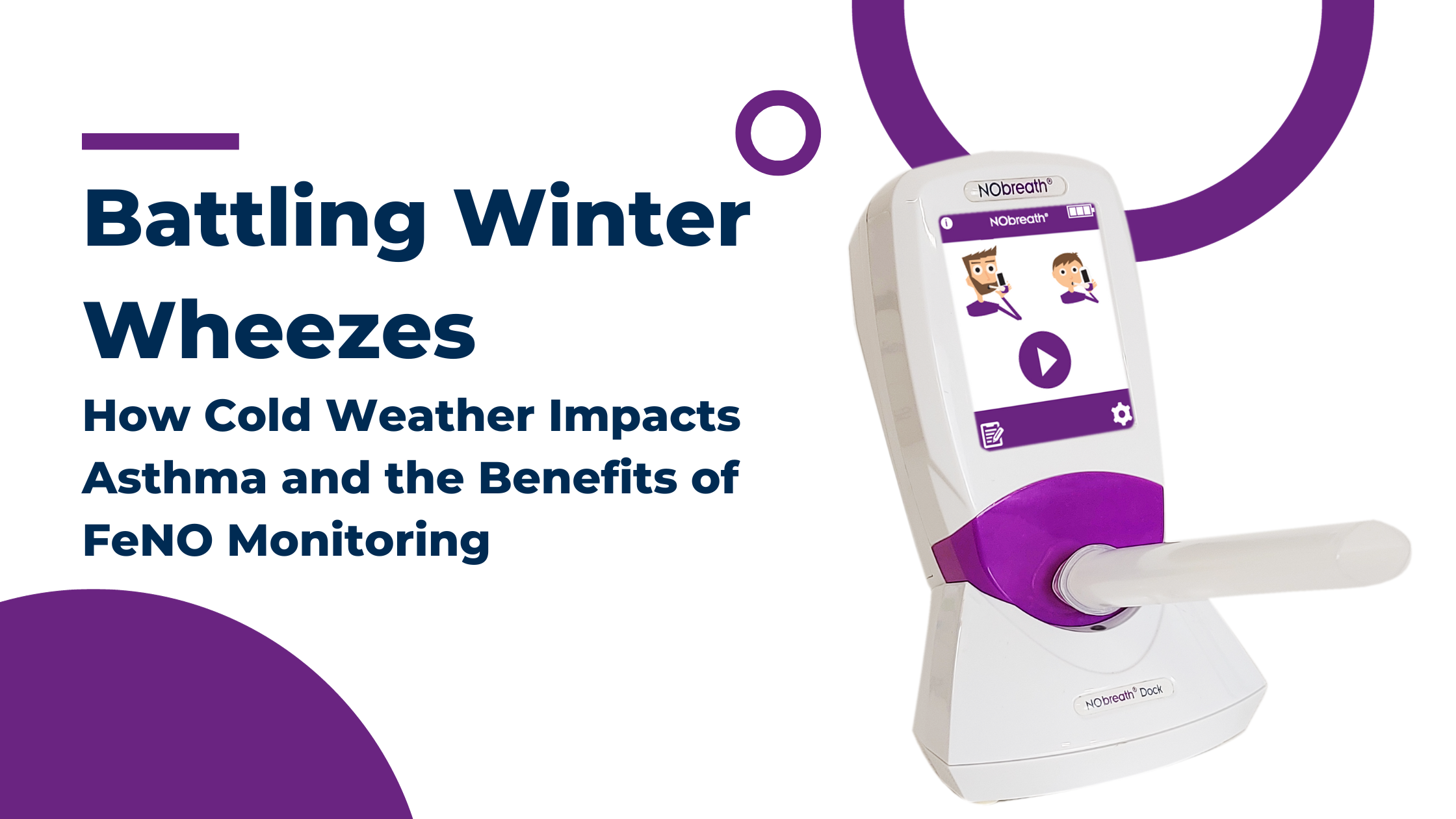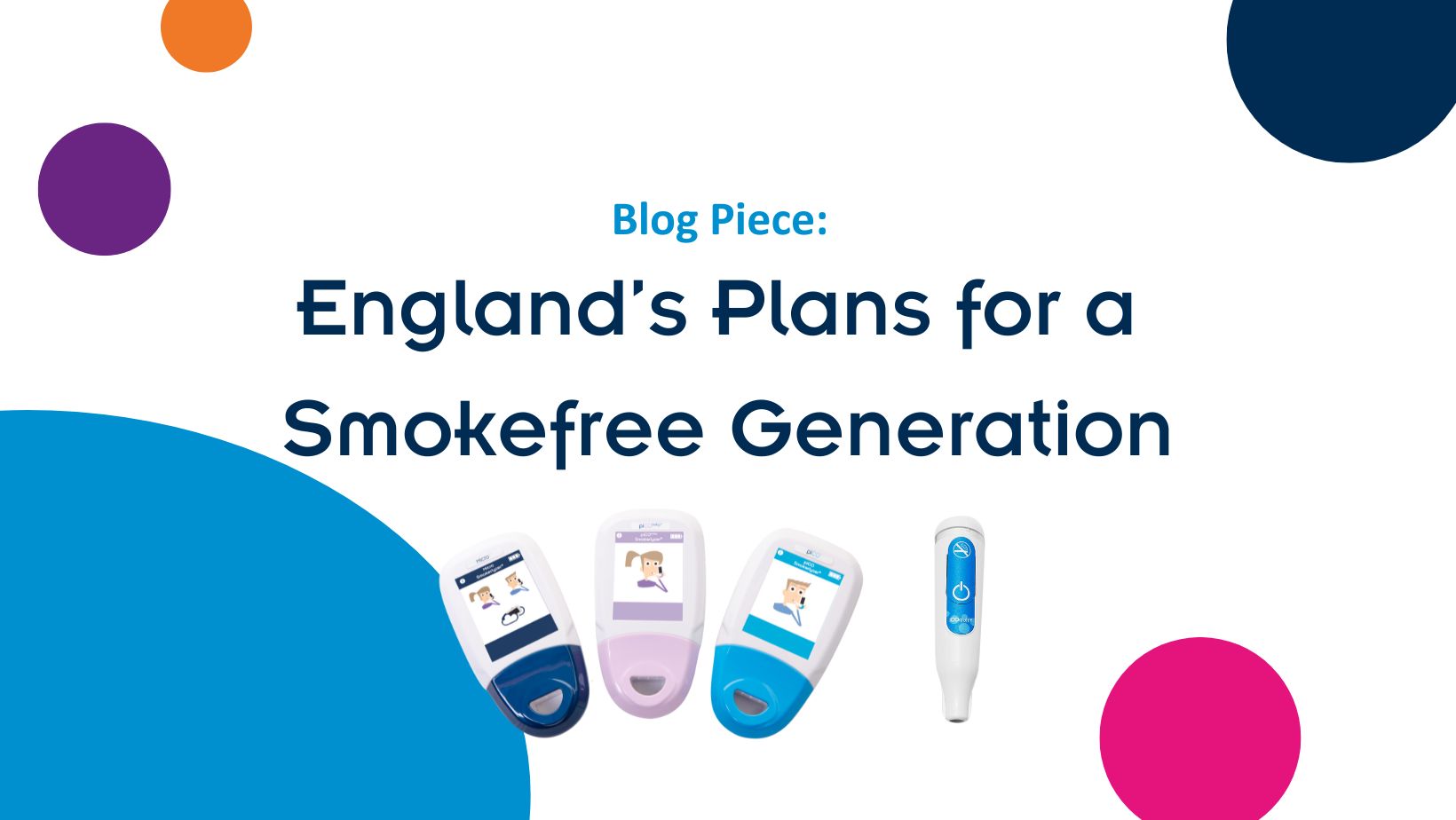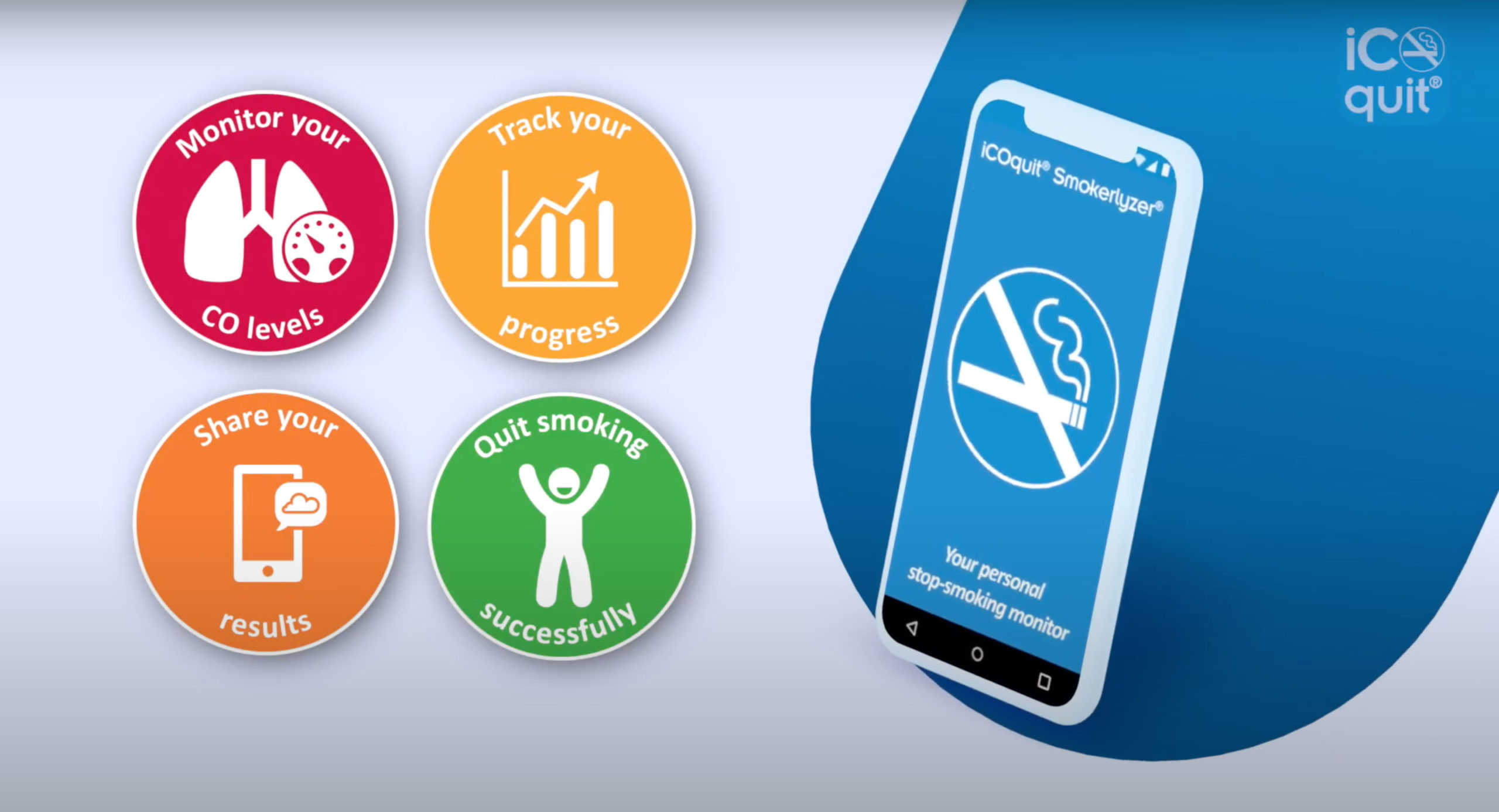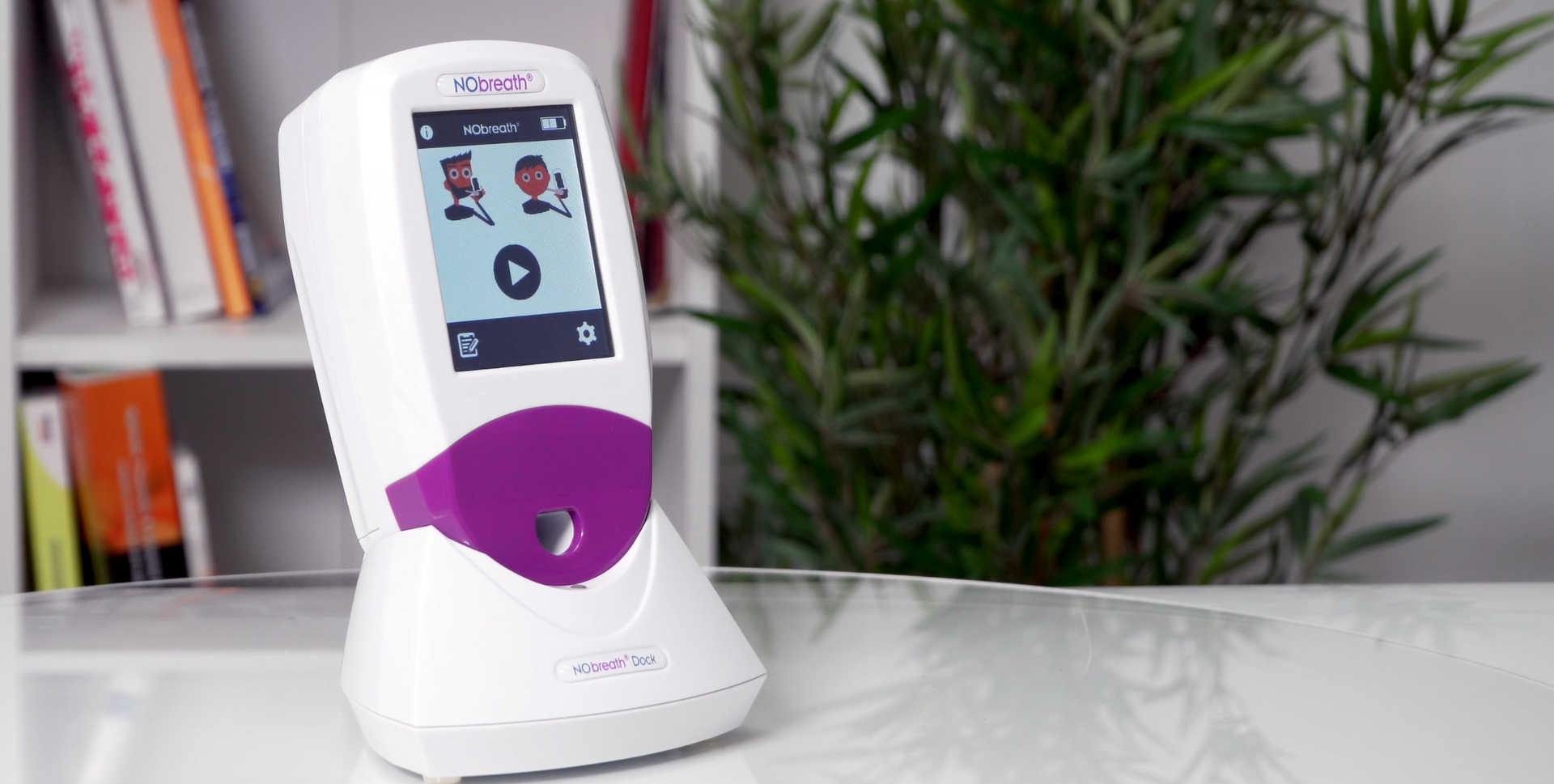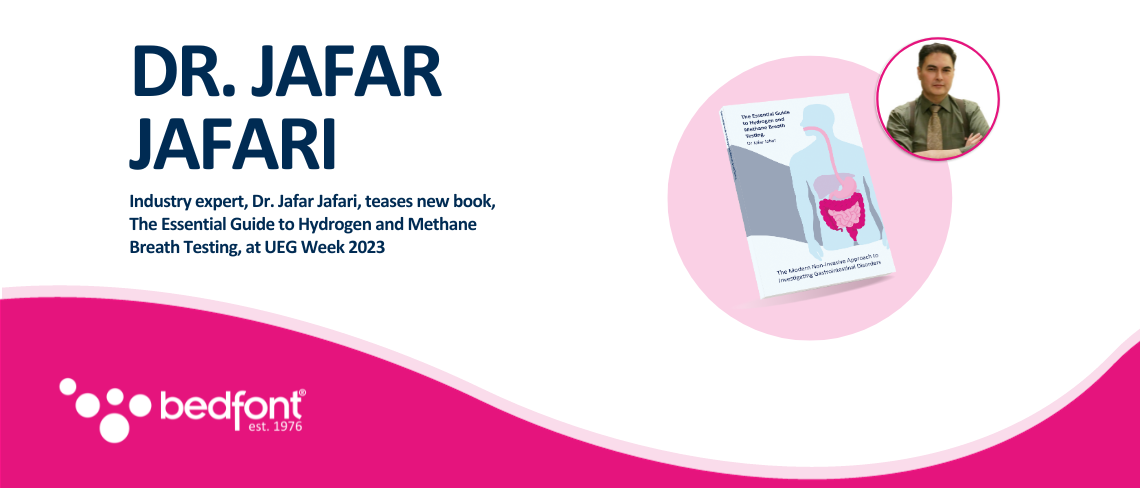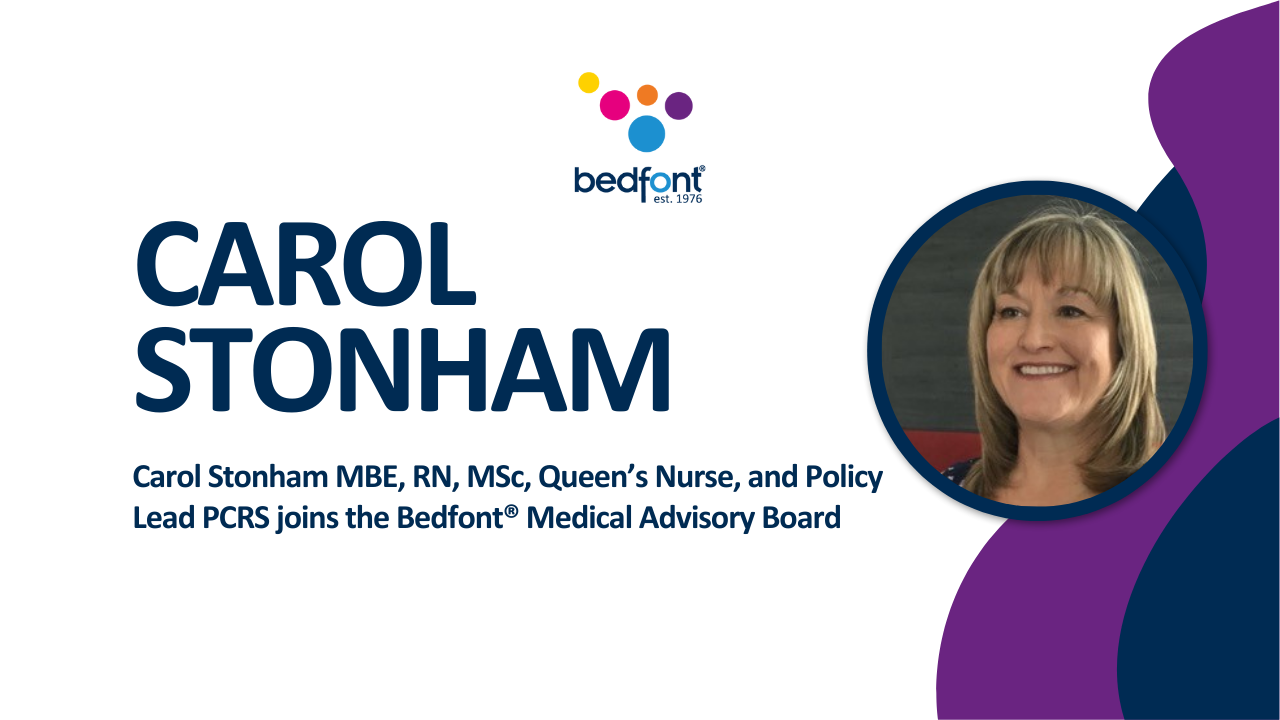After the festive season, taking care of your gut health is vital. This time of year is one for feasting, socialising, and spending time with friends and family. However, it also means significant changes in regime and diet. For some, the festive season brings challenges in the form of dietary concerns and gastro symptoms. Thus, it is no surprise that studies show that about one-third of people experience digestive issues during this period.
Many people experience issues like abdominal pain, bloating, diarrhoea, and indigestion. There are multiple reasons for digestive problems during the festive season.
This time of year often results in overindulgence in food, significant dietary changes, consuming foods that a person does not regularly consume and mixing different foods.
This is not to suggest that one should not enjoy the time. However, if you are better prepared, you can likely manage most gastrointestinal issues using home remedies or over-the-counter medications. Moreover, taking timely action may help prevent more severe consequences and a visit to a doctor.
Hence, to manage gastro symptoms effectively, it is vital to understand its causes and what part of the gastrointestinal tract is affected. It could be the upper part, the middle part, or the lower part of the digestive system.
Issues of Upper Gastrointestinal Tract
One can consider the oesophagus (food pipe) and stomach as the upper parts of the gastrointestinal tract. Even though digestion begins in the mouth, most digestive processes start in the stomach, where several digestive enzymes and hydrochloric acid are secreted.
Overeating or eating certain kinds of foods, like those high in fats or consuming too much alcohol, may cause stomach pain, heartburn, and bloating.
One of the most common issues people experience during the festive season is Gastro-oesophageal reflux disease (GORD), which can result in upper gastric symptoms. Certain foods and alcohol may also damage the upper lining of the stomach.
GORD can cause burning chest pain (located in the middle of the chest and may radiate towards the back). Some may even confuse it with heart pain.
It mainly occurs due to the high production of acid in the stomach. Some of this acid makes its way to the lower part of the esophagus, causing pain or heartburn. Overeating or consuming certain foods may loosen the lower oesophageal sphincter (valve), which prevents the backflow of the stomach’s content towards the food pipe.
Most cases of GORD can be managed with great success. One can benefit significantly from over-the-counter medications such as antacids which neutralise the acid and provide almost immediate pain relief. Additionally, one may benefit from other natural remedies like chamomile, licorice and by drinking different teas. It’s important for individuals with GORD to practice moderation and choose lighter, less acidic options when possible.
Mid-Gastrointestinal Tract or Small Intestine Issues
Understanding that most digestive processes occur in a small intestine is vital. Absorption of most nutrients also happens in this part of the intestine.
If you experience bloating, gas, pain in the centre of the abdomen, discomfort, changes in appetite, or mild diarrhoea, then all these issues are likely to be associated with the small intestine. These problems may be due to malabsorption/food intolerance, local infection, or even due to local irritation.
The small intestinal issue often tends to be chronic and many people may benefit from commonly available remedies like digestive enzymes.
For individuals that have food allergies or intolerances, such as wheat, milk, fish, soy, sesame or nuts, this season can be particularly challenging, with hidden ingredients and cross-contamination becoming more prevalent in shared meals. Careful reading of labels and open communication with hosts can help those with food allergies enjoy their food safely.
For those with coeliac disease, there is a greater risk of gluten contamination during the holiday season with traditional foods like stuffing and sauces. Opting for gluten-free alternatives and educating loved ones about the importance of cross-contamination prevention.
One of the chronic issues affecting the small intestine is small intestine bacterial overgrowth or SIBO. This occurs due to an overgrowth of bacteria that are normally present in the small intestine. SIBO may be associated with irritable bowel syndrome, pancreatic issues, and intestinal motility issues. Studies suggest that a high prevalence of patients diagnosed with IBS have small intestinal bacterial overgrowth.
If someone continues to experience issues like frequent bloating and abdominal discomfort, it is advisable to consult with your doctor who may use some more specific tests to diagnose the condition. For example, a hydrogen methane breath test (HMBT) is an important diagnostic investigation for confirming SIBO, and to check if there is a malabsorption or food intolerance present. One such example is the ability of the HBMT to check for lactose malabsorption. This is one of the most common types of carbohydrate malabsorption in the world affecting more than half the world’s population. Symptoms may be mild or severe depending on the degree of lactase deficiency and the amount of lactose consumed.
Most of these intestinal issues are treated through dietary changes, certain medications, and using health supplements. Additionally, some may also benefit from a low FODMAP diet.
Lower-Gastrointestinal Tract or Large Intestine Issues
In this part of the intestine, absorption of water and some vitamins occurs. The final processing of foods happens in the large intestine before their elimination. The large intestine is also rich in microbiota, which has numerous roles in health.
Disturbances of the large intestine are most likely to cause chronic diarrhoea or even constipation. It may also cause pain if you are living with inflammatory bowel disease. One should keep in mind that dietary changes during the festive season may exacerbate inflammation.
There are a few ways to take care of your large intestine, like drinking ample water and being aware of your dietary fibre intake.
If you are living with inflammation, it is worth remembering that any dietary changes may cause worsening symptoms or flares. To prevent such issues, it is better to consult a doctor, as managing IBD is quite challenging.
The Bottom Line
Significant dietary changes and feasting during the festive season cause changes in gastrointestinal function in most individuals. Fortunately, most of these changes do not require medical attention and can be managed through home remedies or over-the-counter medications.
However, in some cases, issues like bloating, diarrhoea, abdominal pain, and discomfort become chronic. In such instances, it is a good idea to seek medical attention. Many of these issues occur due to food intolerance, IBS, SIBO, and other similar conditions. In many instances, hydrogen-methane breath testing is of significant help. Hydrogen and methane breath testing is also a valuable diagnostic tool that can support the management of gastrointestinal symptoms and dietary challenges during this period, allowing for better symptom control and informed decision-making.
Before attending a gathering, communicate with your host about your dietary restrictions, concerns, and allergies. This can help them to provide alternatives and prevent cross-contamination. Stay hydrated by drinking water throughout the day as hydration is crucial for good digestion and can help prevent constipation. Being mindful of portion sizes can help to prevent overindulging. Remember that enjoying your favourite treats is okay, but moderation is key.
By understanding the impact of seasonal foods on various gastrointestinal symptoms and conditions, people can make informed choices, communicate their dietary needs, and enjoy the festive season to the fullest.


